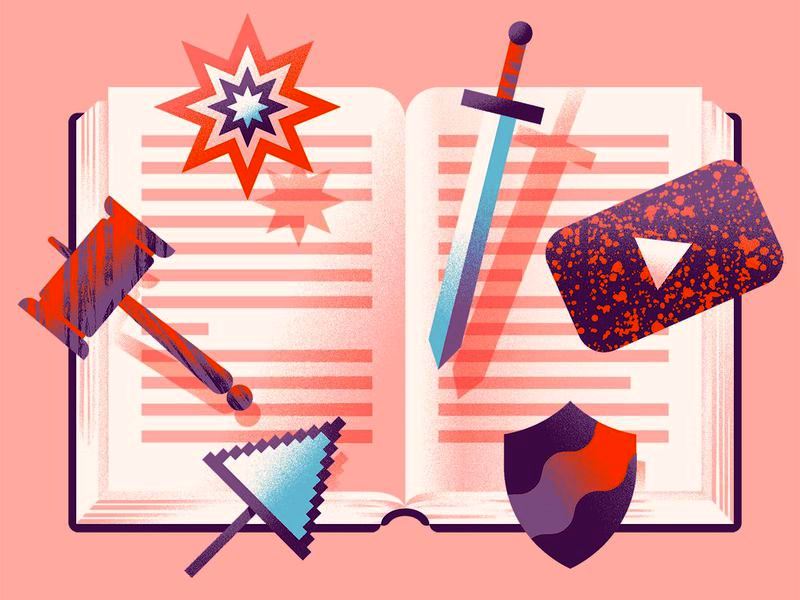Forty years ago, a beloved paperback series set the stage for today’s obsession with interactive entertainment

To kids immersed in video games, the thrill of taking part in the action is a given, whether sky-diving out of a flying bus in Fortnite or building a new world in Minecraft. But the ability to interact with a story was pioneered decades ago, in a pulp paperback that morphed into a best-selling series in the 1980s and is becoming a hit once again.
Bantam Books’ “Choose Your Own Adventure” series debuted 40 years ago with The Cave of Time, a fantastical adventure in which the main character—“you”—controls the plot. At the bottom of many pages you face a choice. Will you “seek shelter”? (Turn to Page 6.) Or will you “brave the freezing wind to see more of the world about you”? (Page 16.) The decisions can put you in a lifeboat alongside the Titanic, the dungeon of a medieval castle or the time of the dinosaurs. There are 40 possible endings; ten are catastrophically bad.
You can find the latest take on the idea on Amazon’s smart speaker (“Alexa, take me to the Himalayas to find the Abominable Snowman”) and on Netflix’s “Black Mirror: Bandersnatch,” which can run for 40 minutes or more than twice that long depending on your choices. And Twentieth Century Fox is hoping to produce “Choose Your Own Adventure” films, with theatergoers directing the plot via smartphones.
Edward Packard, a lawyer in New York, came up with this innovation in 1969 while telling his two daughters a bedtime story. When he ran out of material, he asked the girls what should happen next. They had different answers. “Could I write this down?” Packard wondered, according to an 1981 Associated Press article. He could; through the 1980s and ’90s, Packard and his co-authors wrote 184 novels, which sold some 250 million copies.
In many ways the “Choose Your Own Adventure” series was an analog predecessor of the modern video game, says Derek Beaulieu, director of literary arts at Canada’s Banff Centre, who created a college course on the genre.
Clever as that may be, the low-tech version has one advantage: You can flip back a few pages and make a different choice if you’re about to be crushed by a T-Rex.